Similar Posts
Our readers may remember a post we published late last summer about a new temple which was built for St. John the Baptist in Euless, TX.
Since that time, iconographer Vladimir Grygorenko has completed the frescoes in the Altar area; The Hierarchs, The Communion of the Apostles, The Panagia, and Pentecost. Please visit Mr. Grygorenko’s website, www.orthodox-icon.com for more of his work.
Posted in Artist Features, Iconography

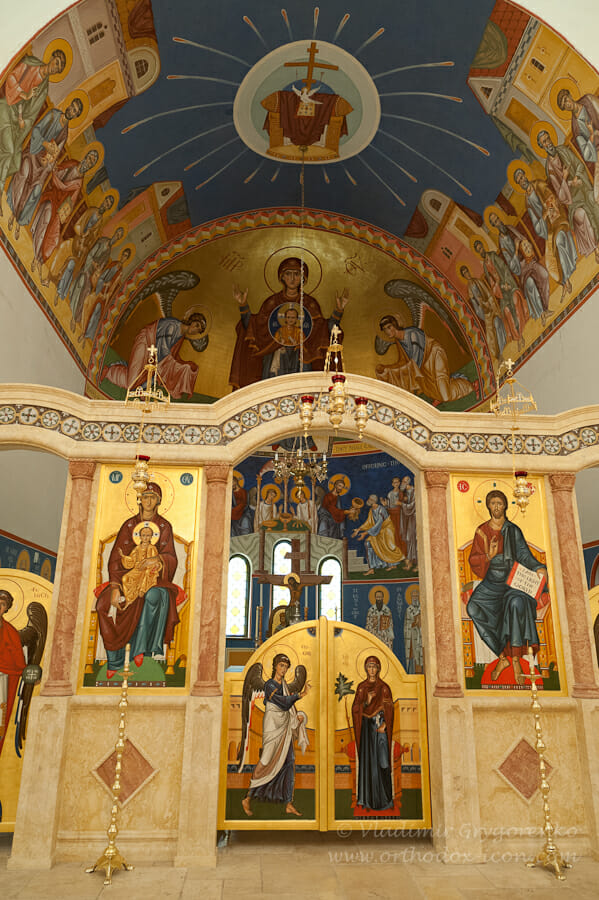
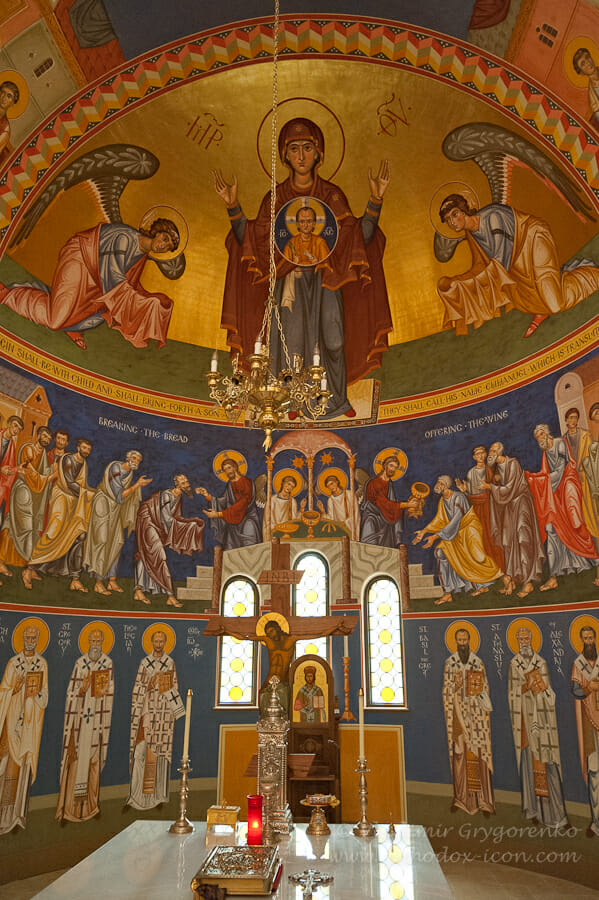
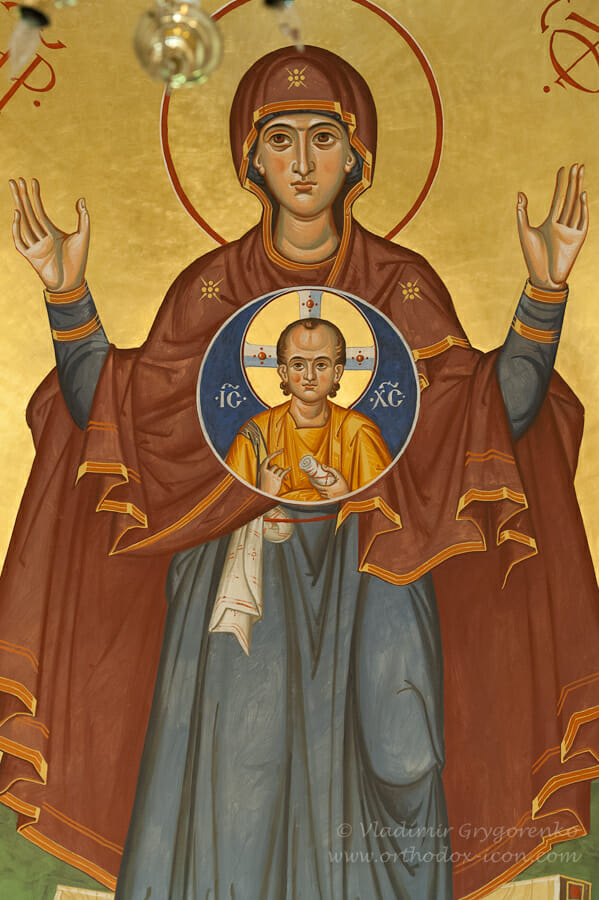
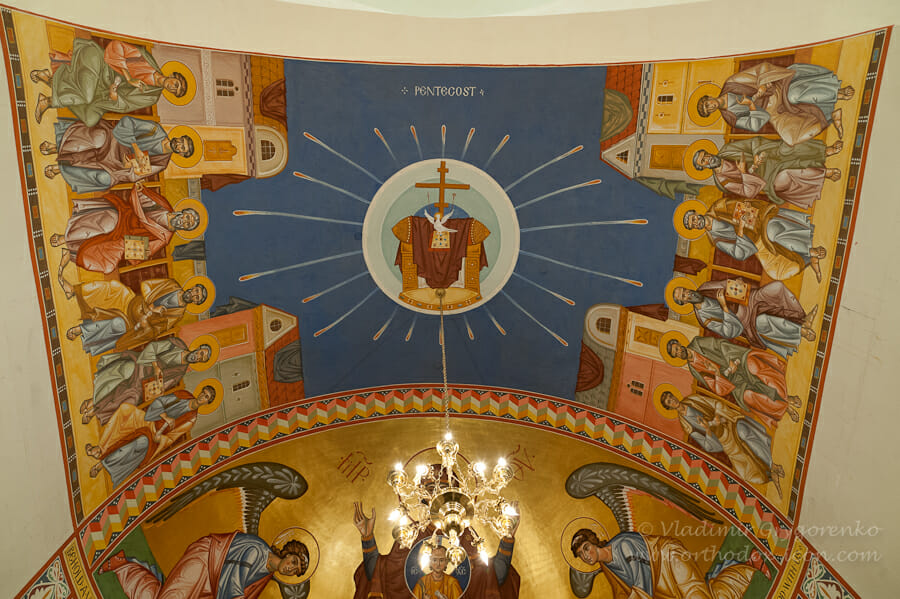
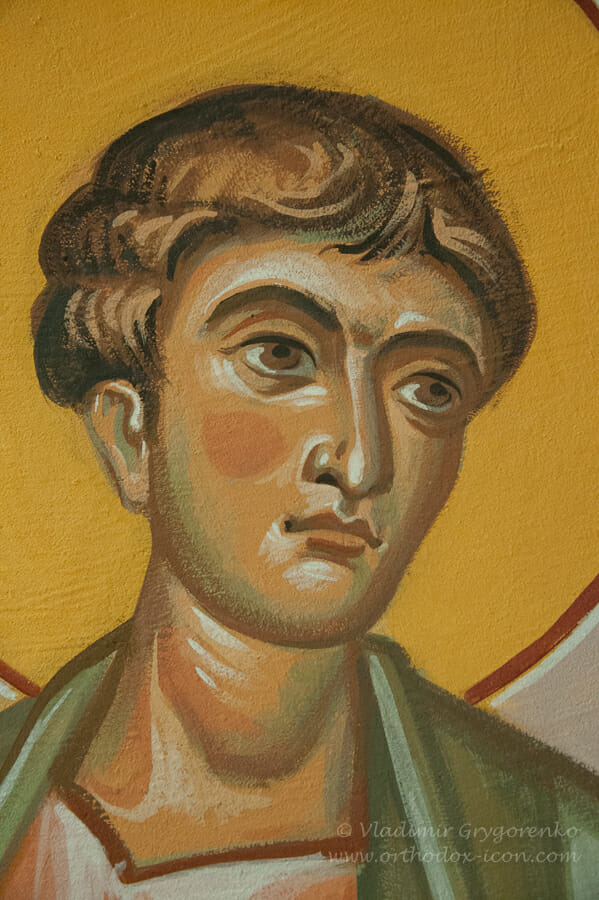
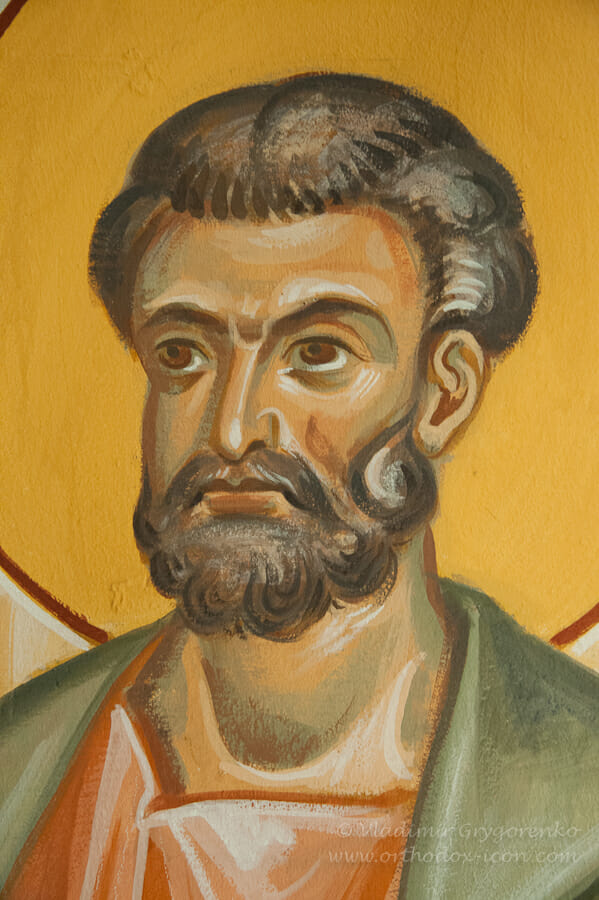
[…] https://orthodoxartsjournal.org/iconography-in-euless-tx/Wednesday, Apr 3rd 8:00 amclick to expand… […]
Wonderful iconography! It all flows so well, including the the tongues of fire that are directed into the nave, over the heads of the people of God! However, I am a bit concerned that this is a new “Temple”. The Temple was destroyed in AD 70, and we don’t need it anymore–we have Christ and His Body now. Perhaps you misused the term… 😉
Pete,
I did unintentionally use a capital “T”. Thanks for the correction. To be sure though, calling the church building a “temple” is just a direct translation of the Greek “ναός” and while “church” is more common in English usage, “temple” is interchangeable with it when referring to the building proper.
This is really pleasing work. It is so good to see wall paintings done with the big brush strokes and distinct colors appropriate for fresco iconography. Cannonical icon painting was revived a hundred years ago, and we’ve had a lot of good panel icons painted in that time, but it is only the last few years that I’ve seen many iconographers treat walls traditionally, as opposed to painting them the same as panels. It is a strikingly different style of brushwork, and it’s no easy feat for a panel painter to learn to paint on plaster in this way. Thank you, Gregory, for all your research and experimentation to get to this point.
Thank you, Andrew for good words (BTW, which Gregory you are referring to? ;-)) I wouldn’t agree that “…canonical iconography was revived a hundred years ago…” Rather, hundred years ago (1913?) iconography was barely rediscovered, and some people just began to appreciate it again, after years of decline. It was little over twenty years ago, may be in late 1990-th, iconography began slow, difficult, and sometimes painful process of revival, which, by no means is finished today… Nevertheless, you got main intentions right – murals, by its nature, suppose to be done in different way, not like panel icons. That is why lime plaster and work from the scaffolding inside the church building is always better (and lead to more authentic results) than acrylic paint applied on the canvas in the studio and glued on the wall later.
In Christ, Subdeacon Vladimir